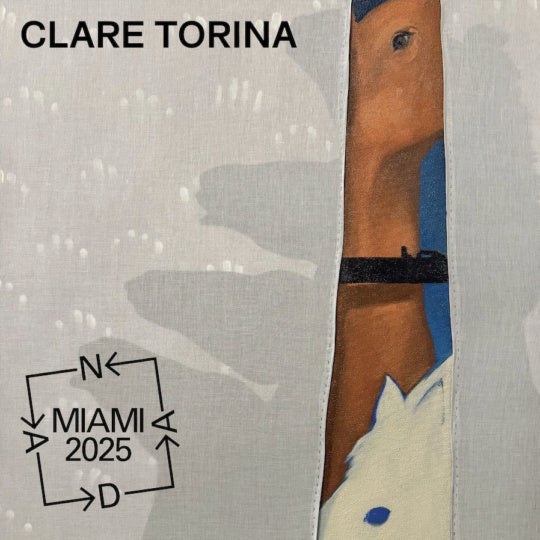
With Trump and his ilk determined to shutter the National Endowment for the Arts, along with the National Endowment for the Humanities and the Corporation for Public Broadcasting, the release of a new report by the NEA and the U.S. Department of Commerce’s Bureau of Economic Analysis (BEA) demonstrates the important role the arts and culture industry plays in the U.S. economy. While that fact isn’t disputed, public support for the arts is; this report makes a case for continuing or increased support of the arts in an overall national economic plan.
The industries and jobs included in the study are broad, ranging from traditional arts & culture such as ballets, symphonies, and museums to arts-related and design-focused creative careers such as event promotion, landscape architecture, advertising, photo processing, and retail.
The Arts and Cultural Production Satellite Account (ACPSA) is the first federal attempt to provide authoritative, in-depth analysis of the arts and culture sector on the U.S. economy. Using federal data on arts and culture employment and compensation from 2014, the most recent available, the ACPSA indicates that cultural activities and compensation contributed $729.6 billion, or 4.2 percent, to the U.S. economy that year.

HOW SOUTHERN STATES RANK:
(For comparison, in 2014 New York had 459,942 workers earning $45.5 billion.)
Georgia: 126,519 workers earning $8.7 billion.
Virginia: 120,808 workers, earning $7.9 billion.
North Carolina: 113,064 workers, earning $7 billion.
Tennessee: 83,305 workers, earning $5.2 billion.
Louisiana: 56,368 workers, earning $2.8 billion.
Kentucky: 51,398 workers, earning $2.6 billion.
South Carolina: 49,828 workers, earning $2.6 billion.
Alabama: 47,458 workers, earning $2.4 billion.
Arkansas: 34,186 workers, earning $1.5 billion.
Mississippi: 26,110 workers, earning $1.2 billion.
West Virginia: 17,399 workers. earning $.9 billion.
STATE FINDINGS
Among the overall findings is that New York, Washington and Wyoming exceed the national index by 28 to 47 percent on a per worker basis. Wyoming’s high ranking is due to the inclusion of nature parks in the arts and culture sector. The next highest states includes Alaska, California, Colorado, Massachusetts, Oregon, Rhode Island, and Utah.
Although New York has the greatest concentration of workers in performing arts companies, it does not rank first in compensation. Nevada is first, followed closely by Tennessee.
Despite the surge in filmmaking in Atlanta and Georgia, the top five states for employment in the motion picture and video industry are California, New York, Louisiana, New Mexico, and Utah.
Tennessee has the greatest concentration of workers in the sound recording industry, as well as in the manufacture of musical instruments.
Hawaii’s 23 museums and 17 zoos and botanical gardens contribute to the state’s high museum employment, which is four times the national rate.
Software publishing in the Greater Seattle area contributes to Washington’s top rank in publishing, which includes arts‐related gaming software.
WHAT COUNTS?
The net is cast wide to include industries and businesses related to creative careers.
In the performing arts, example establishments include theaters, dance companies, symphony orchestras, jazz bands, and circuses.
Top‐ranking states in employment: New York, Nevada, District of Columbia, Hawaii, Rhode Island.
Top‐ranking states in compensation: Nevada, Tennessee, New York, California.
In museums and similar institutions, example establishments include museums, planetariums, sports halls of fame, historical sites, zoos, botanical gardens, nature sanctuaries.
Top ranking states in employment: Hawaii, Delaware, New York, Massachusetts, Vermont.
Top ranking states in compensation: Hawaii, New York, Delaware, Vermont, Massachusetts.
Go to the NEA’s website at www.arts.gov to see the full report, which includes an interactive dashboard produced by the National Assembly of State Arts Agencies that allows users to explore key information for individual states, and another infographic provides summaries of each state’s cultural employment and compensation.




